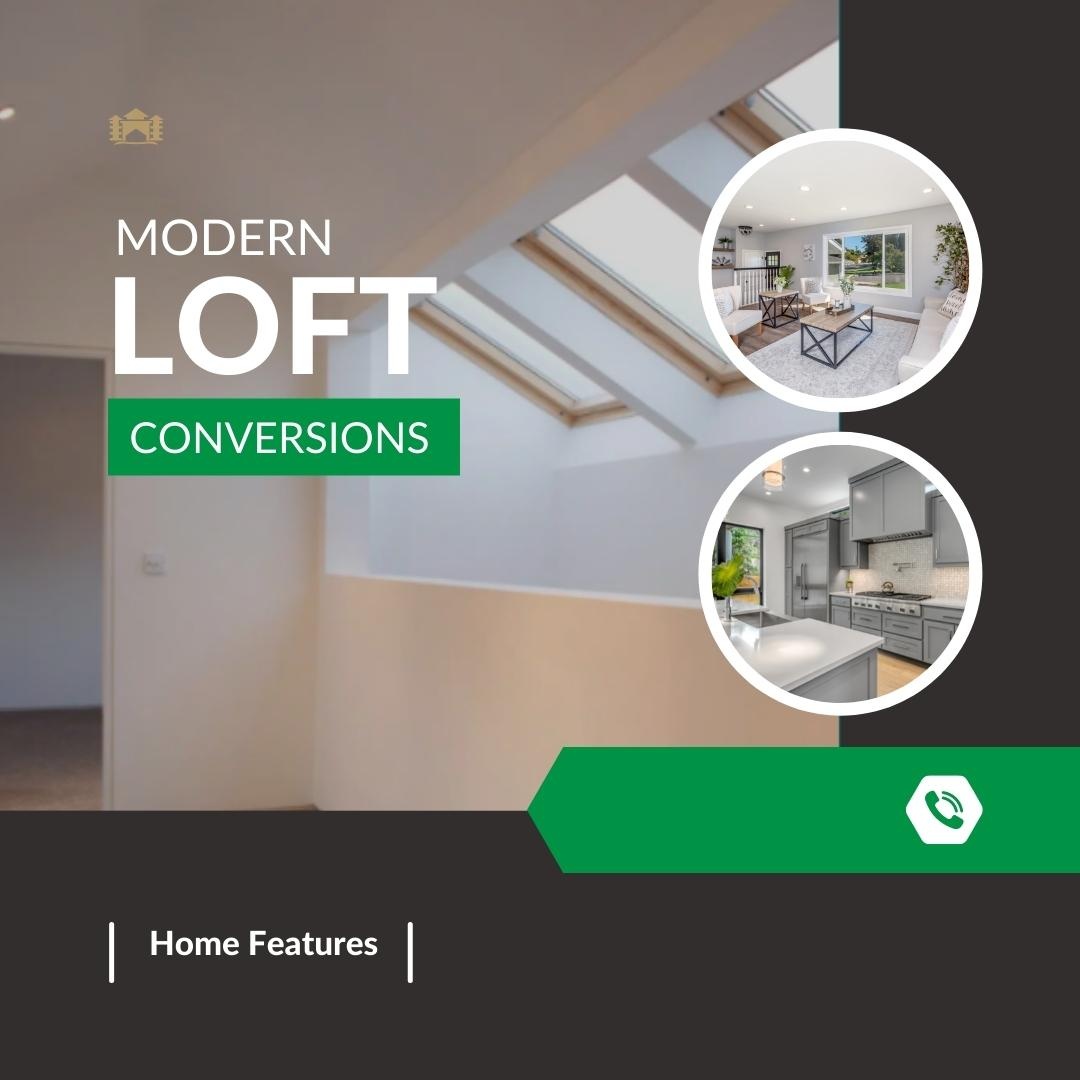You’ve decided that a loft conversion is the best way to add more space to your home – congratulations! A loft conversion can be a great way to create more living space without having to move, and it can also add value to your home. But before you start planning your conversion, there are a few things you need to consider.
Most important factors to take into account when designing your new loft conversion
When it comes to adding space, nothing beats a loft conversion. But before you start planning your conversion, there are a few things you need to consider. Here are some of the most important factors to take into account when designing your new loft conversion:
1. How much space do you need?
It’s important to think about how much space you actually need before starting your conversion. Remember that a loft conversion will add extra living space, but it won’t be as big as a room on the ground floor. So, make sure you measure the space in your loft and calculate how much extra living space you’ll need.
2. What type of conversion do you want?
There are several different types of loft conversions, so you need to decide which one is best for you. If you need a lot of extra living space, then a dormer conversion may be the best option. If you’re looking for a more traditional look, a hip-to-gable conversion may be a better option.
3. What type of roof do you have?
Not all roofs are suitable for loft conversions, so it’s important to check that your roof is compatible before you start planning your conversion. In most cases, you’ll need a pitched roof in order to have a loft conversion.
4. What type of insulation do you need?
Loft conversions can be quite cold, so it’s important to make sure your loft is properly insulated. Most loft conversions require at least 200mm of insulation, which can be pricey. The good news is that there are government schemes to help with the cost of loft insulation, so it’s worth checking if you can claim any money back.
5. Where should your stairs go?
One of the most important things to consider when designing your new loft conversion is where your stairs will go. You need to make sure they’re at least 2.1m above the ground, and you mustn’t be able to see them from inside your home.
6. Who will convert your loft?
It may seem like a no-brainer, but choosing who will design and convert your loft is one of the most important decisions you need to make. With so many loft conversion companies out there, it can be hard to decide who to go with. But when choosing a company, look for someone who has experience in designing and converting lofts.
7. How will your loft conversion affect your home insurance?
Before starting any work on your home, it’s important to find out what your home insurance will cover and if any additions or extensions will affect the cost of your policy.
8. How much will it cost?
Before you start designing your new loft conversion, it’s a good idea to get an idea about how much it might cost. The cost of a loft conversion can vary depending on the type of conversion, the size of your loft and the materials used. So, it’s a good idea to shop around and get quotes from several different companies.
9. What permissions do you need?
In order to have a loft conversion, you may need planning permission from your local council. It’s worth checking with your local council to see if you need any special permissions or if there are any restrictions on the type of conversion you can have.
10. How will you use your new loft space?
One of the best things about having a loft conversion is that you can use it however you want. Whether you want to use it as an extra bedroom, a home office or just a place to store your holiday decorations, the choice is yours.
Final Words
A loft conversion can be a great way to add extra living space to your home. By following these top tips, you’ll be sure to have a successful conversion that meets all your needs.
